

Mental Wellness & The Student Athlete
Today’s coaches often feel they face mounting pressures to be all things to all people, produce sustained competitive results, and meet the needs of families, administrators, and most importantly, athletes. These unrealistic expectations placed on a single individual continue to escalate mental wellness challenges for those on the front lines who are leading and inspiring our next generation of great athletes. As national statistics and stories continue to unveil the scope of the national mental health crisis, sport must own its part in the problem, evolve to champion meaningful change, and implement proactive solutions that allow coaches to prioritize themselves to better serve others.
Join TrueSport and the U.S. Anti-Doping Agency for a virtual event as we explore mental wellness and the modern coach. Together, with coaches and experts, we will address the unique mental health stressors facing coaches and chart an evidence-informed path forward with actionable takeaways for youth sport influencers.
Recorded Sessions
Session 1 and 2 | Why Coach Mental Health Matters: Prioritizing Self to Best Serve Others
Session 4 | The Oxygen Mask Effect: Taking Care of Self to More Effectively Advance Others
SESSION 3
Click to view the Presentation Slide Deck
SESSION 4
- Click to view the “Emotional Regulation for Coaches” slide deck
- Click to view the “Making Self-Care Practical is Possible” slide deck
- Click to view the “Making Self-Care Practical is Possible” handout
- Click to view the “Boundaries and Balanced Identities” handout
- Click to view the “Balanced Identities” handout
MONDAY, NOVEMBER 6, 2023
9:00 a.m. – 3:00 p.m.
Session 1 – Why Coach Mental Health Matters: Prioritizing Self to Best Serve Others
Today’s modern coach often feels they face mounting pressures to be all things to all people. Not only are they expected to produce sustained competitive results but also to meet the needs of many stakeholders including families, sport system administrators, and most importantly, athletes. These unrealistic expectations placed on a single individual continue to escalate mental wellness challenges for those on the front lines, leading and inspiring our next generation of great athletes. As national statistics and stories continue to unveil the scope of the national mental health crisis, sport must own its part in the problem, evolve to champion meaningful change, and implement proactive solutions that allow coaches to prioritize themselves to better serve others.
Session 3 – Round Table Discussions
During this hour-long facilitator led roundtable discussion, coaches in attendance will have the opportunity to share and reflect on the successes and challenges they’re facing alongside their peers. The goal of this discussion is to bring to the forefront the perspective and experiences of those actively in the field, as well as to highlight the commonalities in stressors facing coaches universally and across competitive levels.
Session 4 -The Oxygen Mask Effect: Taking Care of Self to More Effectively Advance Others
Coaches, regardless of the level they coach, are experiencing similar shared stressors across all levels of coaching from playground to podium. This session will address the unique mental health stressors facing coaches of all levels and offer some insightful education and resources from experts in the field diving into practical steps to support coach wellbeing. Following the session introduction, coaches will dive into interactive “practice makes progress” sessions designed to respond to the roundtable discussions through an interactive rotation of focused immersion with qualified experts. From learning how to identify and set healthy boundaries to practical strategies for prioritizing their own personal mental wellness, the outcomes of this session are strategically developed so coaches at any level can experience and activate practical mental wellness tools and walk away feeling confident in their ability to prioritize self so they can better serve others.
- Mental Health & Emotional Regulation – Emotions serve an adaptive purpose when understood in a healthy context. Explore the importance of managing and regulating emotions as coaches navigate the stresses of preparation and competition.
- Boundaries and Balanced Identity – The evolution of a coach’s job description has created an “all things to all people” mentality for many coaches. Identifying ways to set healthy boundaries that maintain a coach’s identity as a healthy individual and that recalibrate the discussion to recognize that coach mental well-being is not a luxury, but rather a necessary part of a successful career.
- Effective Communication that Keeps Mental Wellness in Mind – Coaches are regularly required to lead in challenging situations. The cumulative effect of the communication of difficult information serves to undermine many coaches’ sense of mental well-being. From navigating individual and community crises to facilitating difficult conversations about a host of topics, coaches need training to support their role as a master communicator to help relieve this source of stress.
- Making Self-Care Practical is Possible– Nutrition, physical health, movement, and mindfulness all play a part in a coach’s mental wellness toolkit. Coaches often find juggling these aspects of self-care difficult while fulfilling their many coaching responsibilities and devoting themselves to these very same issues for their athletes. This rotation provides pragmatic insights for coaches to employ to care for both self and others, creating balance and a better baseline for both physical and mental health.
Guest Speakers

Jessica Bartley, PsyD, MSSW, LP, LCSW, CMPC
Sr. Director, Psychological Services, United States Olympic & Paralympic Committee
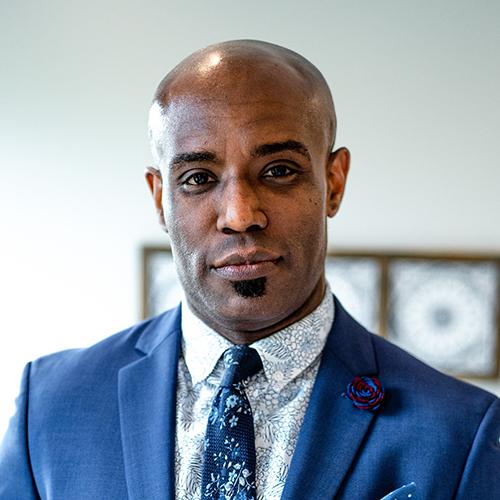
Kevin Chapman, PhD
Licensed Clinical Psychologist, Founder Kentucky Center for Anxiety and Related Disorders
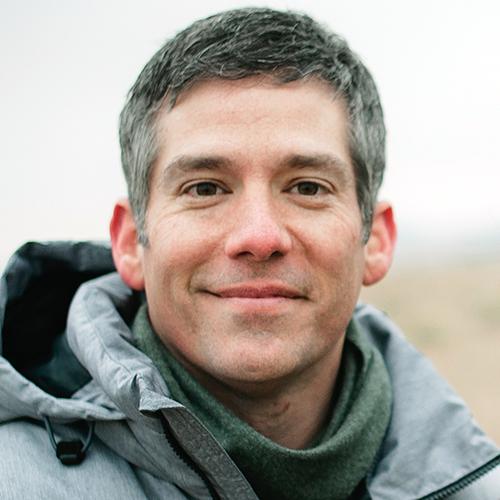
Alexander Cohen, PhD, CMPC
Senior Sport Psychological Services Provider,
United States Olympic & Paralympic Committee
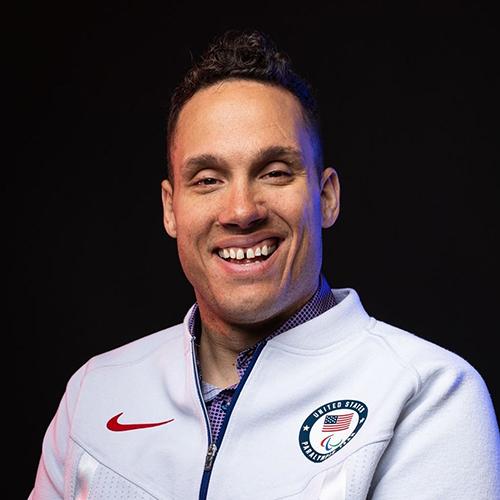
Joe delagrave, PLY
2x Paralympic Medalist - Wheelchair Rugby; USA Wheelchair Rugby Head Coach
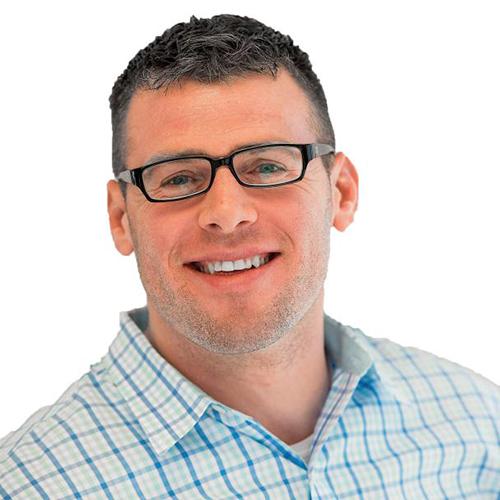
Adam Feit, PhD, CSCS, RSCC*D, SCCC, CMPC
Assistant Professor of Exercise Science & Fieldwork Coordinator, Springfield College
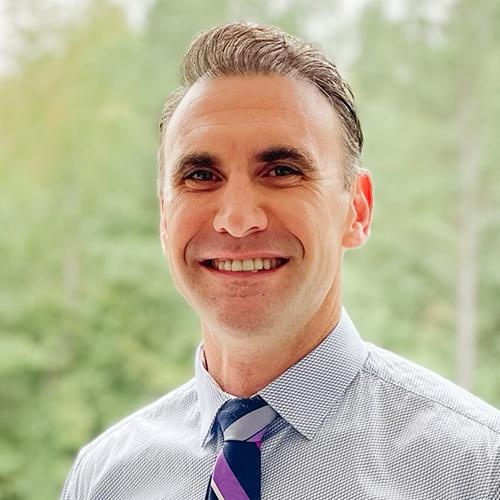
Jay Harrison, PhD, LCMHCA, NCC
Founder, Work in Consulting and Counseling
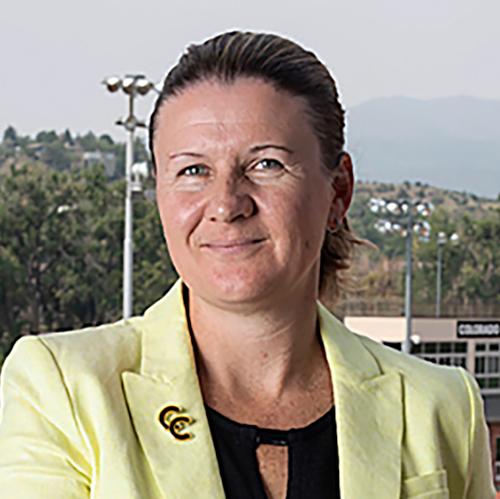
Lesley Irvine
Vice President and Director of Athletics, Colorado College
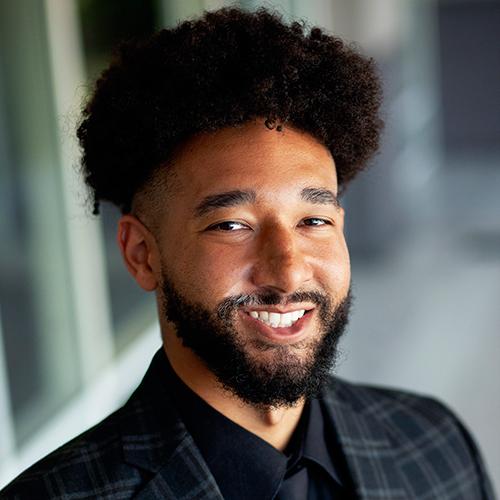
GEOFF KELLY
Mesa Ridge High School Basketball Coach

Stephanie Miezin, MS, RD, CSSD
Registered Dietitian, Director of Nutrition at Canyon Ranch
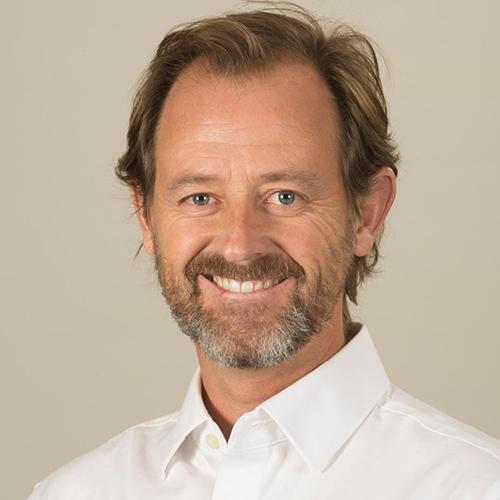
Jim Miller
Chief of Sport Performance, USA Cycling
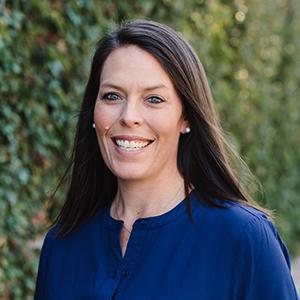
melissa streno, psyd
Licensed Clinical Psychologist, Lantern Psychology
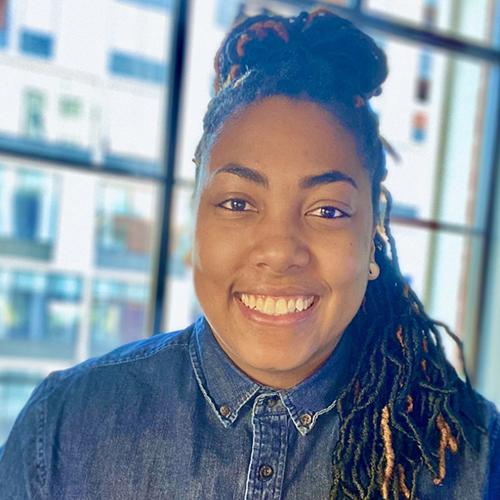
charron sumler, lpcc
Athletic Counselor, The Ohio State University Athletics
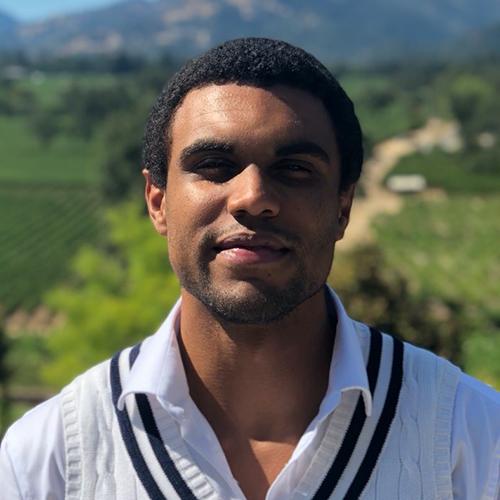
Corey Robinson
Emcee; NBC Sports Host & Reporter; Division I Football, Notre Dame
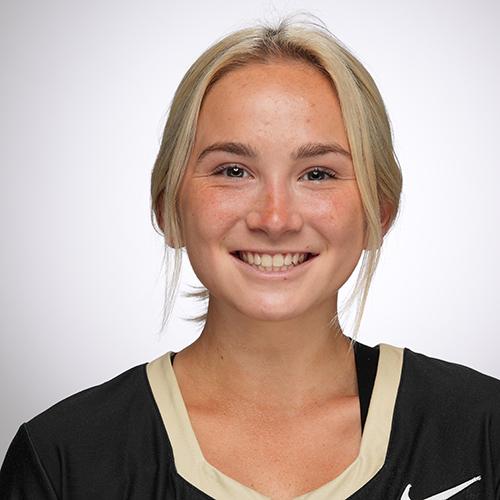
Cailin Bracken
Division I Lacrosse,
Vanderbilt University
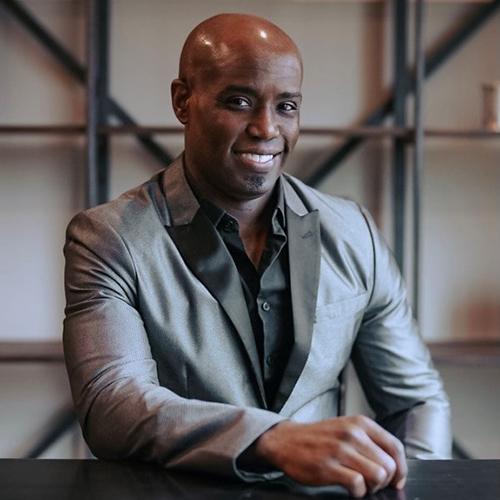
Kevin Chapman, PhD
Licensed Clinical Psychologist, Founder Kentucky Center for Anxiety and Related Disorders
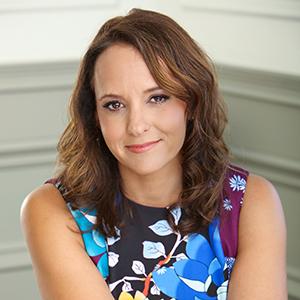
Deborah Gilboa, MD
Board-Certified Family Physician, Founder AskDoctorG.com

Erin Haugen, Phd, lp, cmpc
Director, Mental Health and Performance Psychology
University of North Dakota

Geoff Kelly
Division II Basketball, University of Colorado at Colorado Springs

Jess Kirby, phd
Associate Director, Center for Critical Sports Studies, University of Colorado at Colorado Springs
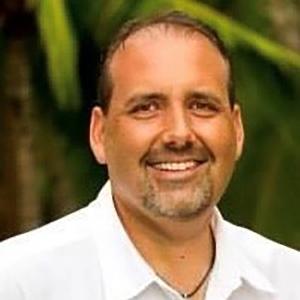
Michael Krueger
Commissioner, Colorado High School Activities Association
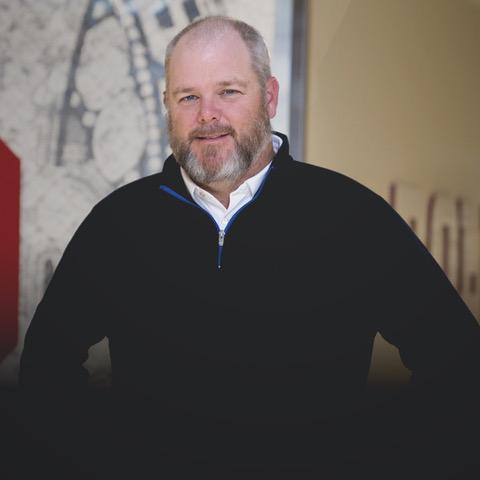
Bhrett McCabe, PhD
Founder, The Mindside
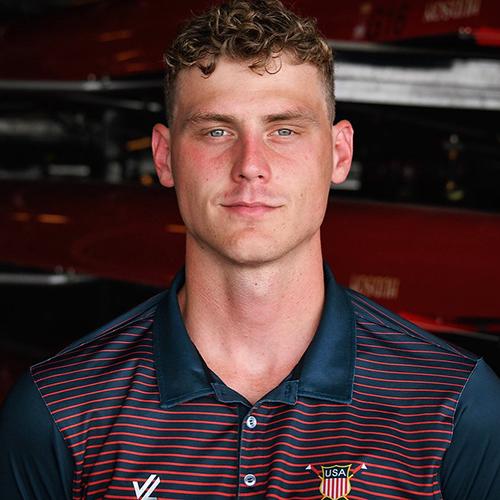
Charley Nordin, PLY
Paralympic Silver Medalist
Division I Rowing, Gonzaga
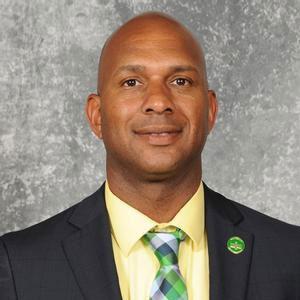
Lt Col Stephen Pipes, USAF, Ret
Head Football Coach, College Prep School
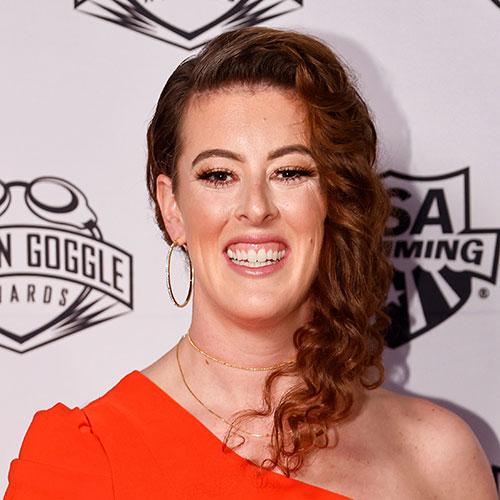
Allison Schmitt, OLY
10-Time Olympic Medalist, Mental Health Advocate

Melissa Streno, PsyD
Licensed Clinical Psychologist, Lantern Psychology

Charron Sumler
Athletic Counselor, The Ohio State University Athletics
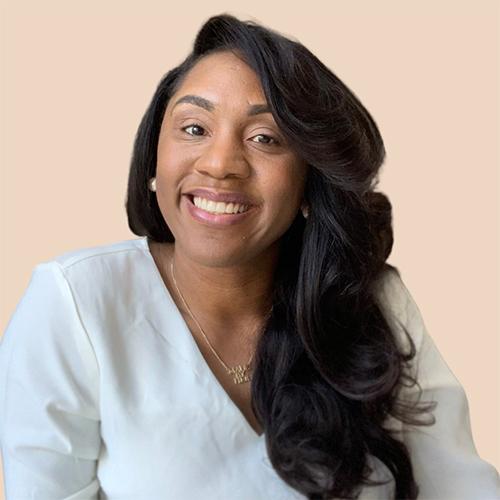
Candice Williams, PHD
Director, Mind Health and Wellness, Boston Celtics
Academic Advisory Panel
As the conversation around mental health and wellness continues to garner national attention, TrueSport, the outreach education arm of the U.S. Anti-Doping Agency, seeks to take a deeper look into the challenges coaches, sport administrators, and families are facing with their student-athletes. In connection with the second TrueSport Talks Symposium, TrueSport has enlisted an academic panel to build out a practical, concise, and evidence-based recommendations report. This report will focus wholistically on athlete well-being and suggest a systems approach to help identify opportunities to decrease stigma and increase the overall health of developmental sport culture.

Jay Coakley, PHD
Professor Emeritus of Sociology, University of Colorado at Colorado Springs
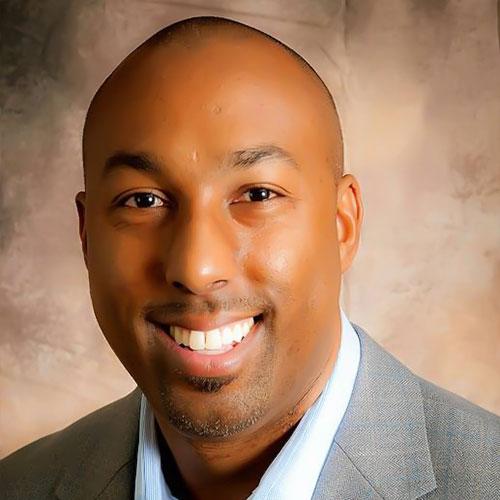
Eddie Comeaux, phd
Executive Director, Center for Athletes' Rights and Equity at UC Riverside
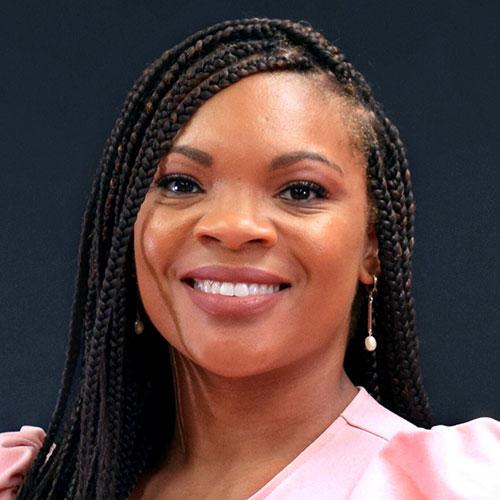
Tomika Ferguson, phd
Assistant Dean and Assistant Professor, School of Education at Virginia Commonwealth University

Jessica Kirby, phd
Associate Director, Center for Critical Sports Studies, University of Colorado at Colorado Springs
2023 Testimonials
Testimonials from the 2023 TrueSport Talks.
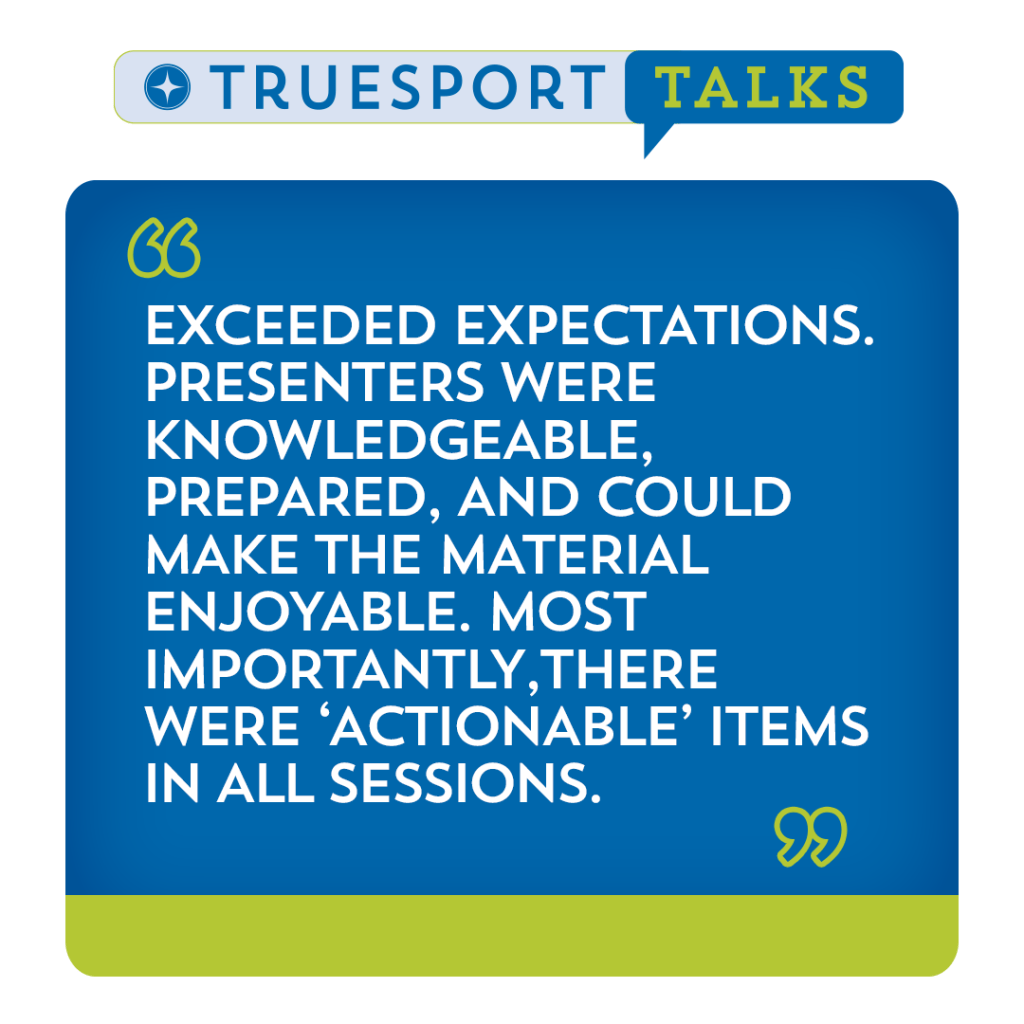
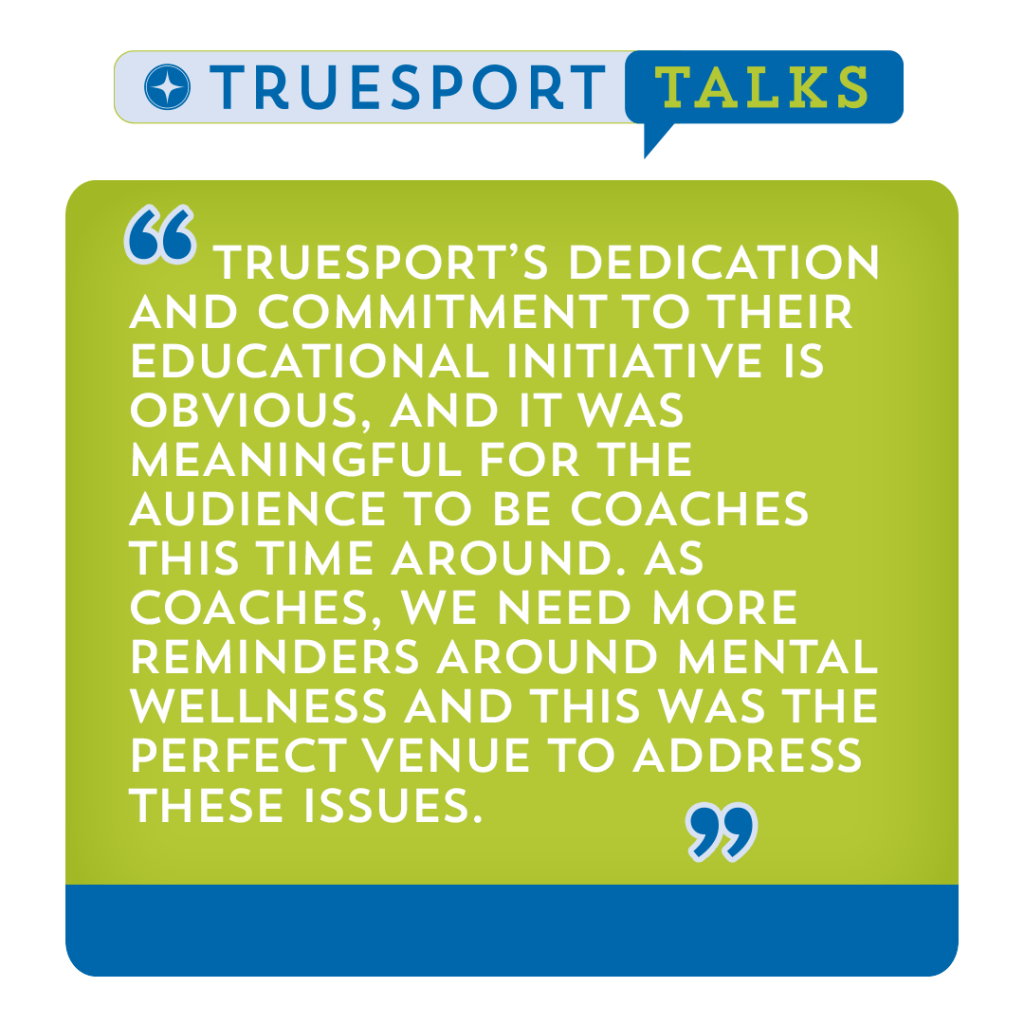
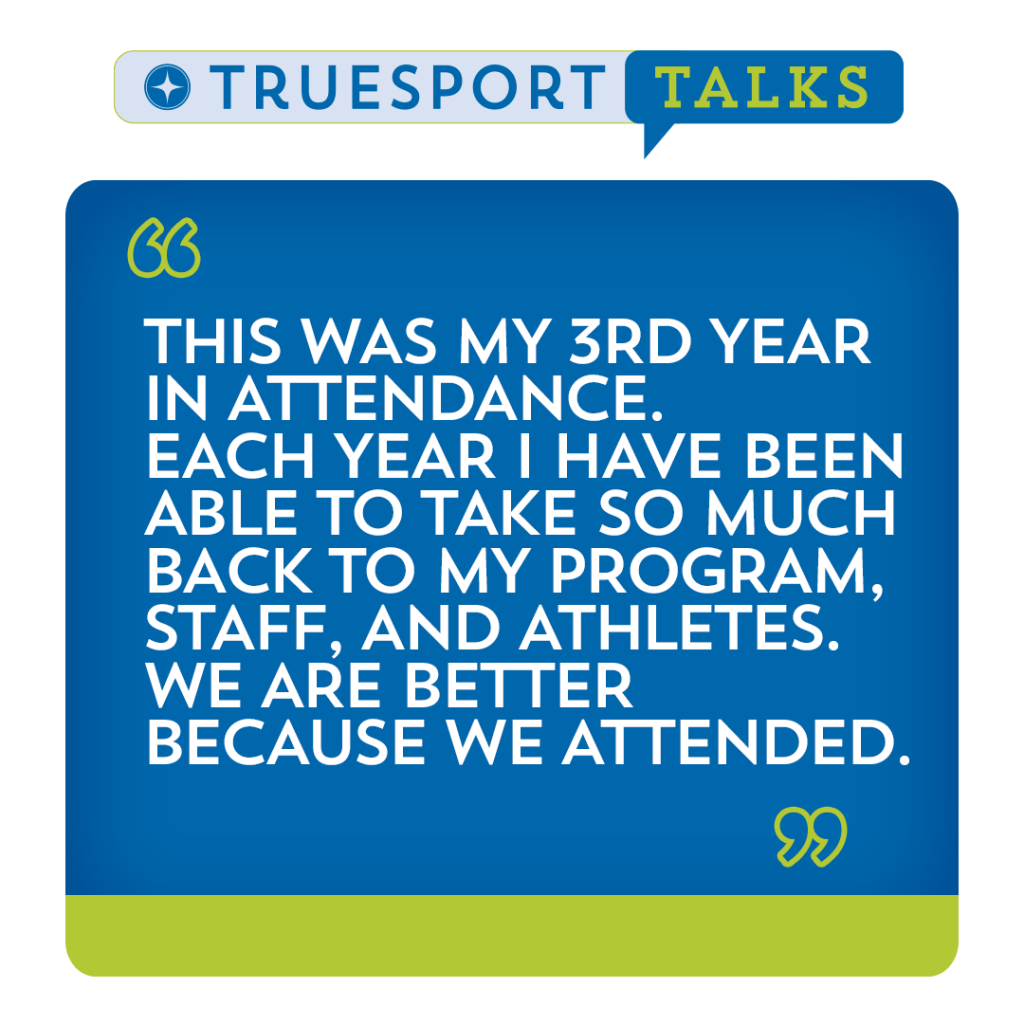
Virtual Registration

With support from…

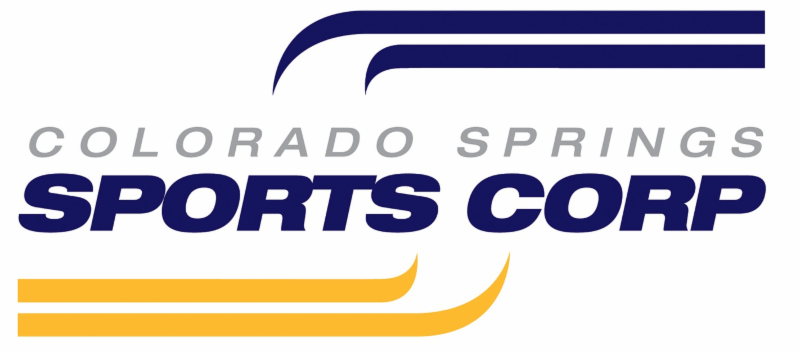
Join the TrueSport Network…
And get weekly articles, videos, surveys, updates and more! Subscribe Now!
By providing TrueSport tools and resources to a community of TrueSport advocates, like you, the TrueSport mission of changing the culture of youth sport comes to life in communities across the country. Together, we can change the culture of youth sport and better equip tomorrow’s leaders for lasting success.
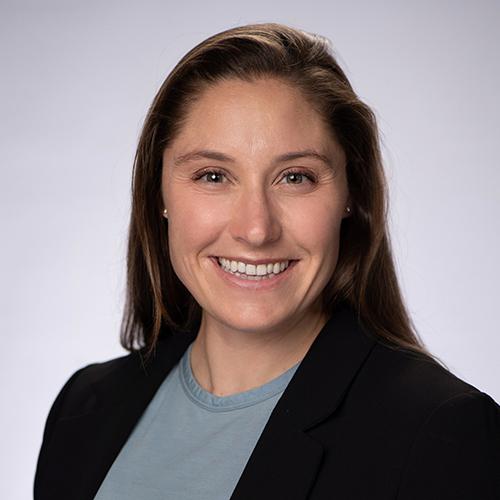
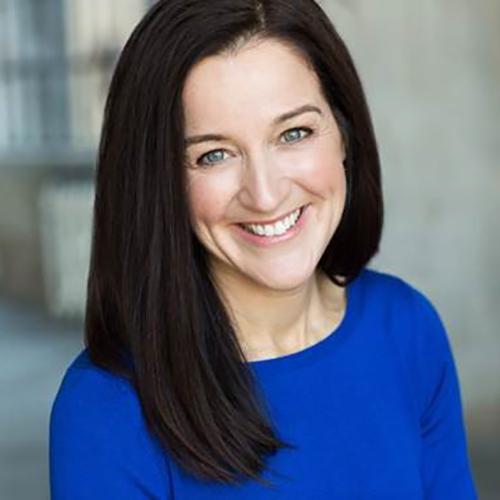
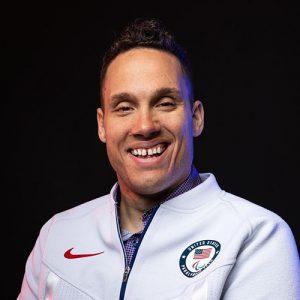 Joe Delagrave, PLY
Joe Delagrave, PLY Stephanie Miezin, MS, RD, CSSD
Stephanie Miezin, MS, RD, CSSD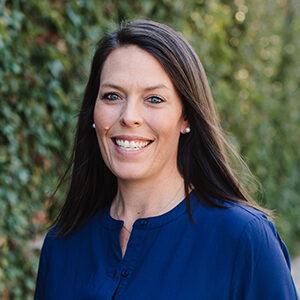 Melissa Streno, PsyD
Melissa Streno, PsyD Charron Sumler
Charron Sumler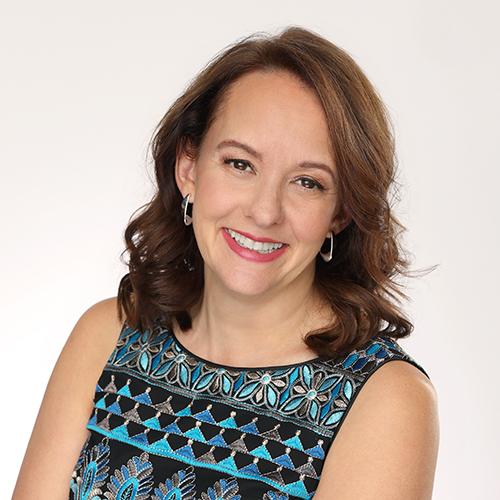 Deborah Gilboa, MD
Deborah Gilboa, MD Jess Kirby, PhD
Jess Kirby, PhD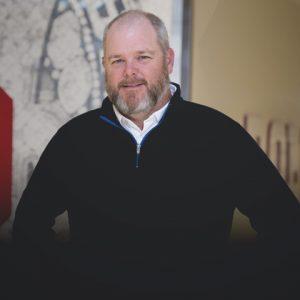 Bhrett McCabe, PhD
Bhrett McCabe, PhD Charley Nordin
Charley Nordin Candice Williams, PhD
Candice Williams, PhD Amanda Stanec, PhD
Amanda Stanec, PhD